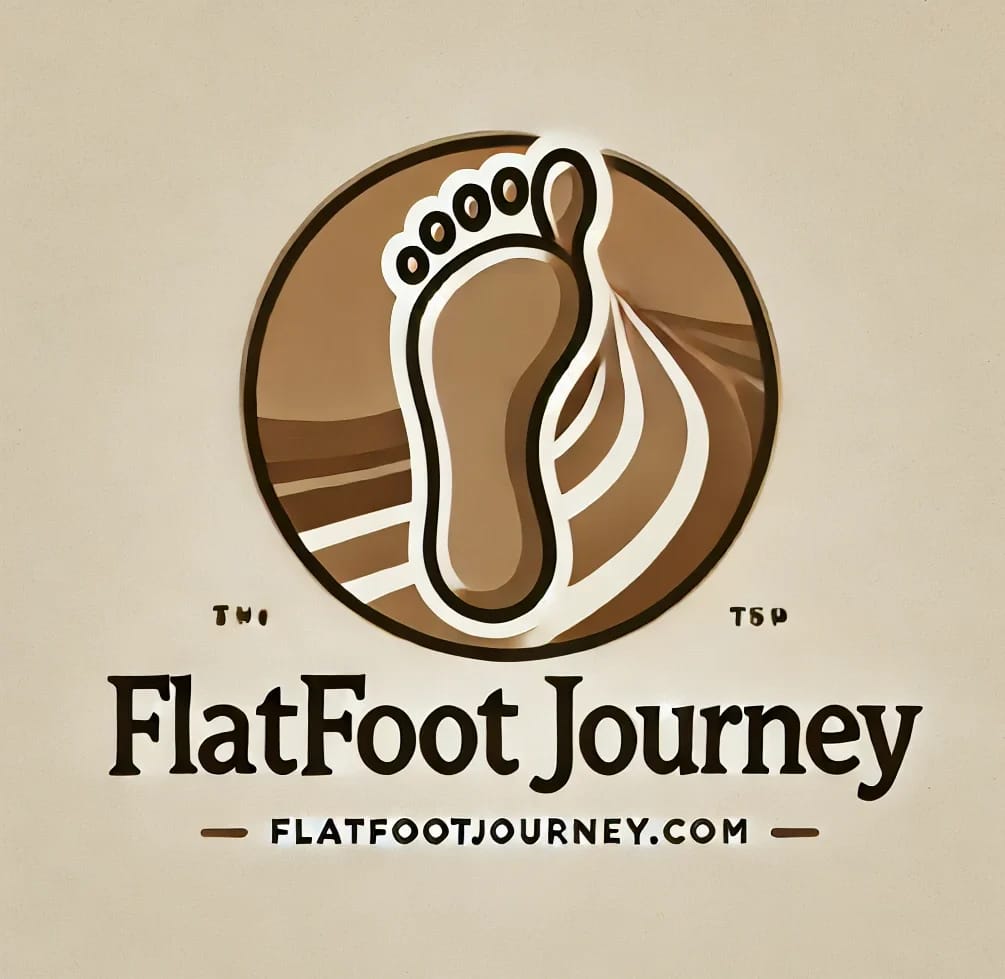Have you ever felt unsteady while standing, walking, or exercising? If you have flat feet, your foot structure might be playing a bigger role than you think. As someone with flat feet, I’ve struggled with balance—especially in yoga poses like Tree Pose. But here’s the good news: with the right exercises and habits, you can improve your stability more than you’d expect.
Why Do Flat Feet Affect Balance?
Flat feet, or fallen arches, occur when the inside arch of your foot flattens, causing the entire sole to touch the ground. This can happen from birth or develop over time due to aging, injury, or a weakening of the posterior tibial tendon in the ankle. While some people with flat feet don’t notice issues, others experience balance challenges because of:
– Overpronation: The feet roll inward excessively, making it harder to stay stable.
– Weak Foot and Ankle Muscles: Without a supportive arch, muscles work overtime, leading to fatigue and wobbliness.
– Body Misalignment: Flat feet can throw off your posture, stressing knees, hips, and lower back, which may cause pain or instability. Research has shown that flat feet can contribute to balance issues and lower body discomfort.
Quick Balance Check: Try standing on one leg for 30 seconds. If you wobble or struggle, your flat feet might be affecting your stability.
My Experience with Flat Feet and Balance
I’ve tripped or felt unsteady since childhood, especially when balancing on one leg. When I started yoga, poses like Tree Pose were tough—my ankles felt weak, and I’d sway. But with consistent practice, I noticed real changes: I could hold poses longer, my ankles grew stronger, and my posture improved. It’s been a game-changer for my confidence and daily comfort.
How to Improve Balance with Flat Feet?
You don’t have to live with poor balance forever. Even with flat feet, these habits can boost stability for all ages—kids, adults, or seniors. Older adults may use a chair for support during exercises, while active folks like athletes can add intensity with tools like balance boards.
1. Strengthen Your Feet and Ankles:
– Toe Curls: Sit barefoot, curl your toes under for 5 seconds, release, and repeat 10 times daily.
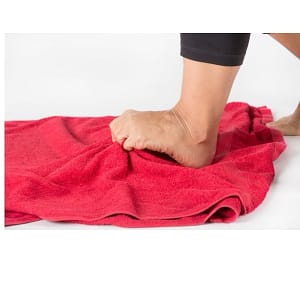
– Heel Raises: Stand barefoot, lift your heels off the ground, hold for 3 seconds, and lower. Do 10 reps, 2-3 times per week.
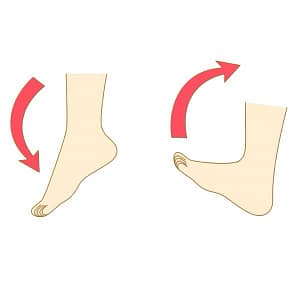
– One-Leg Balances: Stand on one leg for 15-30 seconds (use a wall or chair for support if needed), switch sides, and repeat 3 times daily.
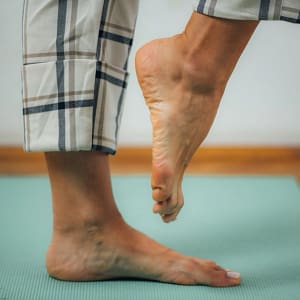
2. Engage Your Core: A strong core stabilizes your posture, making balance easier. Try these:
– Plank: Lie face-down, prop up on your forearms and toes, keeping your body straight. Hold for 20 seconds, rest, and repeat 3 times, 3 times per week.
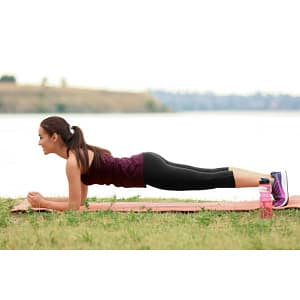
– Pelvic Tilts: Lie on your back with knees bent, flatten your lower back against the floor by tightening your abs, hold for 5 seconds, and release. Do 10 reps, 3 times per week.
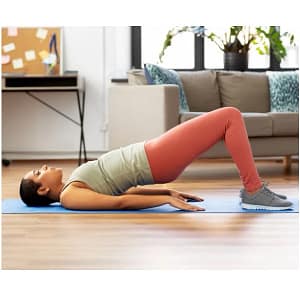
3. Practice Balance-Focused Activities: Yoga (e.g., Tree Pose) and tai chi are perfect for building stability. Tai chi, with its slow, flowing movements, improves coordination and balance, making it ideal for all ages, especially those seeking low-impact exercise. Even balance boards can add variety for active individuals.
4. Wear Supportive Footwear: This is one of the easiest fixes. Look for stability or motion-control shoes with firm arch support and structured heels. Many reputable brands offer models designed for overpronation and flat feet. Avoid flimsy, flat shoes or flip-flops, which can worsen overpronation. Supportive sandals like OOFOS, Vionic, or Birkenstock are great for home use, offering arch support to maintain stability.
When to Seek Help
If balance issues, foot pain, or related discomfort (like knee or back pain) persist or limit your daily activities, consult a podiatrist or physical therapist. They can assess your gait, recommend custom orthotics, or suggest targeted physical therapy to improve stability and prevent complications.
Final Thoughts
Flat feet don’t mean you’re doomed to poor balance. With consistent exercises, supportive shoes, and awareness, you can feel steadier and more confident. I’ve seen the difference myself, and I know progress is possible with a little effort.
Join our community at FlatFootJourney.com to share tips, product reviews, and support!
Have you struggled with balance because of flat feet? What’s worked for you—specific shoes, exercises, or activities? Share in the comments and tag a friend who might need these tips!
